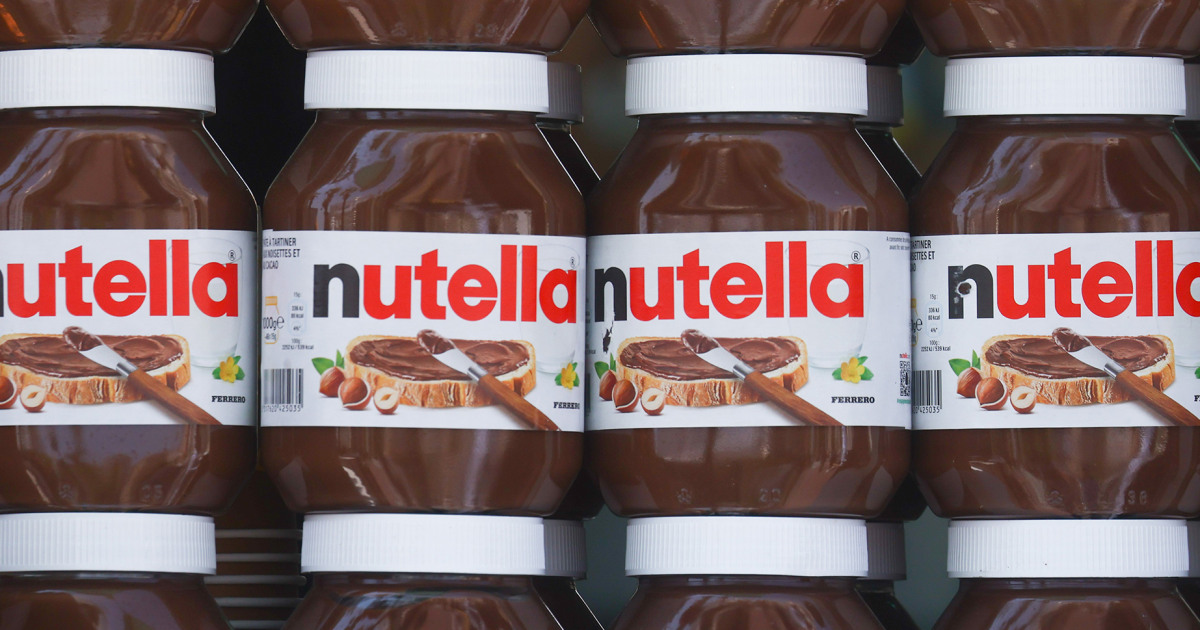Weeds: the bane of every gardener’s existence.
They sprout uninvited, seemingly overnight, and threaten to overrun our carefully cultivated flowerbeds and vegetable patches.
But before you wage all-out war on these persistent invaders, consider this: weeds aren’t entirely bad.
That’s the perspective of horticulturalist Jamie Walton, whose expertise challenges conventional gardening wisdom.
Walton, an ecological gardener based in North Yorkshire, has gained recognition for his unique approach to gardening, including appearances on BBC’s Gardeners’ World.
His Instagram account, boasting 1.3 million followers, showcases his work in a windswept kitchen garden, where he cultivates a diverse array of vegetables, flowers, and even microbes.

His philosophy suggests a more nuanced view of weeds, moving beyond simply eradicating them. While he doesn’t advocate letting weeds run rampant, Walton’s approach likely emphasizes understanding their role in the ecosystem and managing them in a sustainable way.
In his new book, Nettles and Petals, he shares “accessible, easy to follow tips and guidance about growing food and gardening, working with nature rather than against it.”
Here’s some of his advice.
Give weeds a chance
“When I first started gardening and growing my own food, I spent a lot of time trying to eradicate weeds from my garden like most people,” admits Walton. “They’re often quite hard to deal with, they take over space quite quickly. As I began to research ecology and the need for biodiversity within a garden space, I started to look at them slightly differently.”
To be fair to weeds, many are designed to take over bare ground fast. Whether dandelions, chickweed, thistles or clover, so-called ‘pioneering weeds’ act as a natural balm, protecting and improving a patch of bare ground. “They’re there to cover it, because exposed, the soil leaches nutrients, and it’s susceptible to erosion,” explains Walton. They add to biodiversity too, and “actually a lot of them are far more nutritionally beneficial for us than the plants that we try to grow.”
For Walton, there are two key weeds we should embrace a bit more and even eat: dandelions and nettles.
Dandelions are the new rocket
It turns out all those dandelions poking their sunny heads up in your borders could save you the price of a bag of supermarket rocket. In fact, “they have a better nutritional profile than rocket,” says Walton.
Rich in vitamins A, C and K, dandelions are completely edible, from the flowers (Walton suggests making syrup with them) to the roots. Although, we wouldn’t recommend eating the seed heads, unless you fancy a mouthful of fluff.
Walton digs up the long tap roots (“They penetrate deep into the subsoil and bring up nutrients to the surface. When the plant dies back, those nutrients can be used by the plants around them,”) for making dandelion root tea.
“If you grind them down you can use them as a coffee alternative,” he adds. “They don’t taste exactly the same as coffee, but they can give you a slight uplifting feeling, similar to caffeine.”
Nettles are the new spinach
“I grow spinach, but equally you can use nettles in a very similar way,” says Walton. “They’re actually far more nutritionally beneficial and have a lot more benefits for the garden as a whole.” Packed with iron, nettles just need cooking or blanching to take the sting out of them, so you can throw them in soups and stir fries, or swap them in any time you’d ordinarily use spinach, kale or greens.
Nettle tea is also widely considered to have anti-inflammatory, antihistamine and diuretic properties, and even the sting itself can be useful. “There’s a growing body of research that shows how beneficial nettle stings can be in certain contexts,” notes Walton. “For example, regularly stinging yourself with nettles can actually help with things such as hay fever and arthritis.”
Keeping on top of weeds
Walton may be a fan, but he’s not recommending you let weeds run riot. “If you let dandelions go to seed, you’ll end up with dandelions everywhere. So you have to keep on top of managing them,” he says.
Picking the flowers before they transform into dandelion clocks will help control their spread, but he also suggests growing dandelions and nettles in pots to harvest from.

“Then you can move them around the space and utilise the benefits. Nettles are really beneficial to have in the greenhouse through summer, near your tomatoes and other heat-loving crops,” he explains – they provide a habitat for insects like ladybirds that will help keep aphid and caterpillar numbers down. “I have them in pots in the greenhouse, but once they get to the point where they’re going to be dropping seed, I’ll take them out to ensure they don’t drop seed all over the beds in there.”
Not all weeds are all-rounders
“Some weeds I definitely wouldn’t recommend having in the garden,” says Walton, flagging “unwelcome” plants like bindweed, Japanese knotweed, couch grass and giant hogweed, which might have some benefits (“Bindweed produces white trumpet-like flowers which are really beneficial,”) but they’re inedible and can really crowd out the plants you’re actively trying to grow as food.
Foraging need to know
Not got a garden? Dandelions and nettles can be easily foraged. “It’s just knowing what you’re looking for and making sure you don’t pick something accidentally that you shouldn’t,” warns Walton, who says lots of plants have “lookalikes” that may or may not be safe to eat. If you’re not sure you’ve identified something correctly, do not pick or eat it.
“Harvest from areas that are not right next to a dog path and haven’t been sprayed with a load of pesticides and herbicides,” he adds. And remember, weeds are relied on by other creatures too. “If you’re picking wild plants, you want to make sure that you leave enough to regrow and support wildlife.”
Nettles And Petals: Grow Food. Eat Weeds. Sow Seeds by Jamie Walton is published in hardback by Leaping Hare Press, priced £16.99 (ebook £11.99). Photography by Samuel Binstead. Available now.
#surprising #health #benefits #eating #weeds










